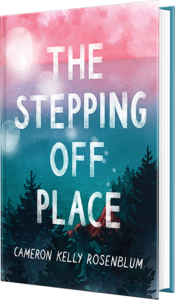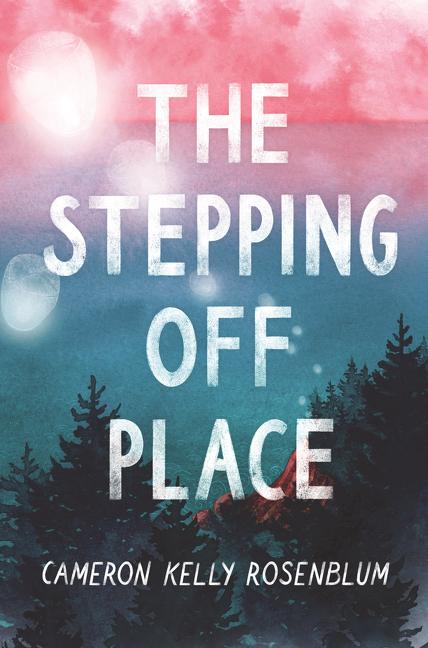 Attracted to the bold, the risky, and the unknown, Hattie Darrow plays Don Quixote to Reid MacGregory’s role as Sancho Panza. Reid is content playing Hattie’s side-kick extraordinaire in pranks and at parties. Where Reid is calm and reasonable, Hattie is spontaneous and daring; her energy luminesces around her. From the time Reid met Hattie in middle school, Reid saw her potential and declared: “Being Hattie Darrow’s friend would make me better” (51).
Attracted to the bold, the risky, and the unknown, Hattie Darrow plays Don Quixote to Reid MacGregory’s role as Sancho Panza. Reid is content playing Hattie’s side-kick extraordinaire in pranks and at parties. Where Reid is calm and reasonable, Hattie is spontaneous and daring; her energy luminesces around her. From the time Reid met Hattie in middle school, Reid saw her potential and declared: “Being Hattie Darrow’s friend would make me better” (51).
As the two are about to enter their senior year in high school, Hattie is still Reid’s social oxygen. “Humiliation is a language [Hattie] doesn’t speak, and she doesn’t want [Reid] to speak it either. She protects [Reid] from it. Always. It was [Hattie’s] way of sharing her superpowers with [Reid]” (217). Reid claims that she has no story without Hattie’s, that Hattie’s version of her is a little better than Reid in real life. So, when Hattie dies—and the suspicion is by suicide—Reid is devastated and in denial. Reid finds herself, for the first time in her life, left behind by Hattie.
While people can go their whole lives without experiencing this kind of trauma, Reid’s new reality is hell. With her parents, her friends, and her teachers all wanting Reid to come through the other side of this unthinkable horror, Reid tries to mold herself in the proper shape of sane. Her bones aching and her eyes stinging, she seeks to discover the truth about Hattie’s death—was it foul play, an accident, or murder? After all, in Reid’s estimation, “Foul play was the only thing big enough to take [Hattie] down” (315).
Set in both Connecticut and Maine, Cameron Kelly Rosenblum’s debut novel, The Stepping Off Place, takes readers on Reid’s grief-drenched journey as Reid seeks to understand how the strongest person she has even known could have suffered with bipolar depression and been capable of suicide. With questions rolling around her mind like stray marbles, Reid asks what most survivors of such a loss might ask in the search to process such a shock: “Why hadn’t she confided in me? How could I be so blind? Didn’t she realize how many people loved her? Why wasn’t I enough to make her want to stay?” (369).
A young man who secretly loved Hattie, Sam Stanwich, aka Hammy, accompanies Reid on the quest to understand. The two vow to be there for each other, and both wonder why it is so much easier to be strong for someone else than to be strong for yourself.
Among the many lessons that Rosenblum’s book teaches is that love is a vulnerability. Hattie had declared, “I don’t want a damn boyfriend, Reid! Why is this so hard for you to comprehend?” (311). Yet, Reid stumbles upon evidence that Hattie may have fallen under love’s power with Gibson Soule. Although Hattie prided herself as being in control, as having power, she couldn’t control biology or her depression. Eventually, Reid concludes: “Hattie couldn’t stand her illness because it beat her. She couldn’t outrun it, out-swim it, out-joke it, or out-Scrabble it. In her illness she was vulnerable. And that was something Hattie never allowed herself to be” (409).
Along the way, readers can appreciate the wisdom of youth, that there is a lot of promise in maybe and that we are driven by that promise. Also, just because we don’t believe something doesn’t mean it isn’t true, and finally believing that we travel ad astra when we die—to the stars—can provide some measure of comfort in our grief.
In writing about mental illness as part of what makes some people whole, Rosenblum also shares her gift for creating realistic characters. Her teens are artfully drawn, as is Reid’s ten-year-old brother Spencer who has autism and is gifted with the ability to “give you the fast track to knowing someone’s true nature by the way they react to him” (128).
- Posted by Donna

